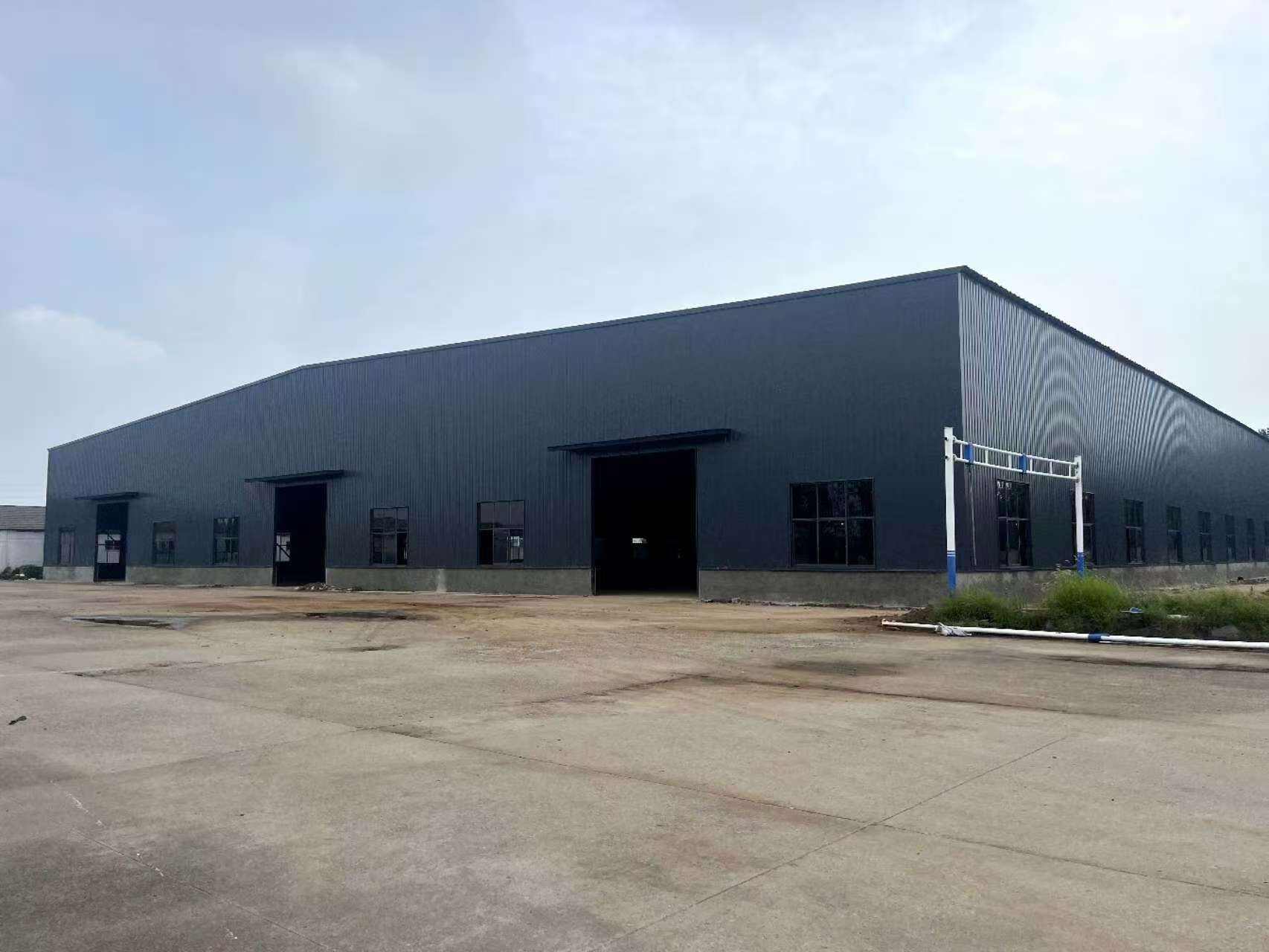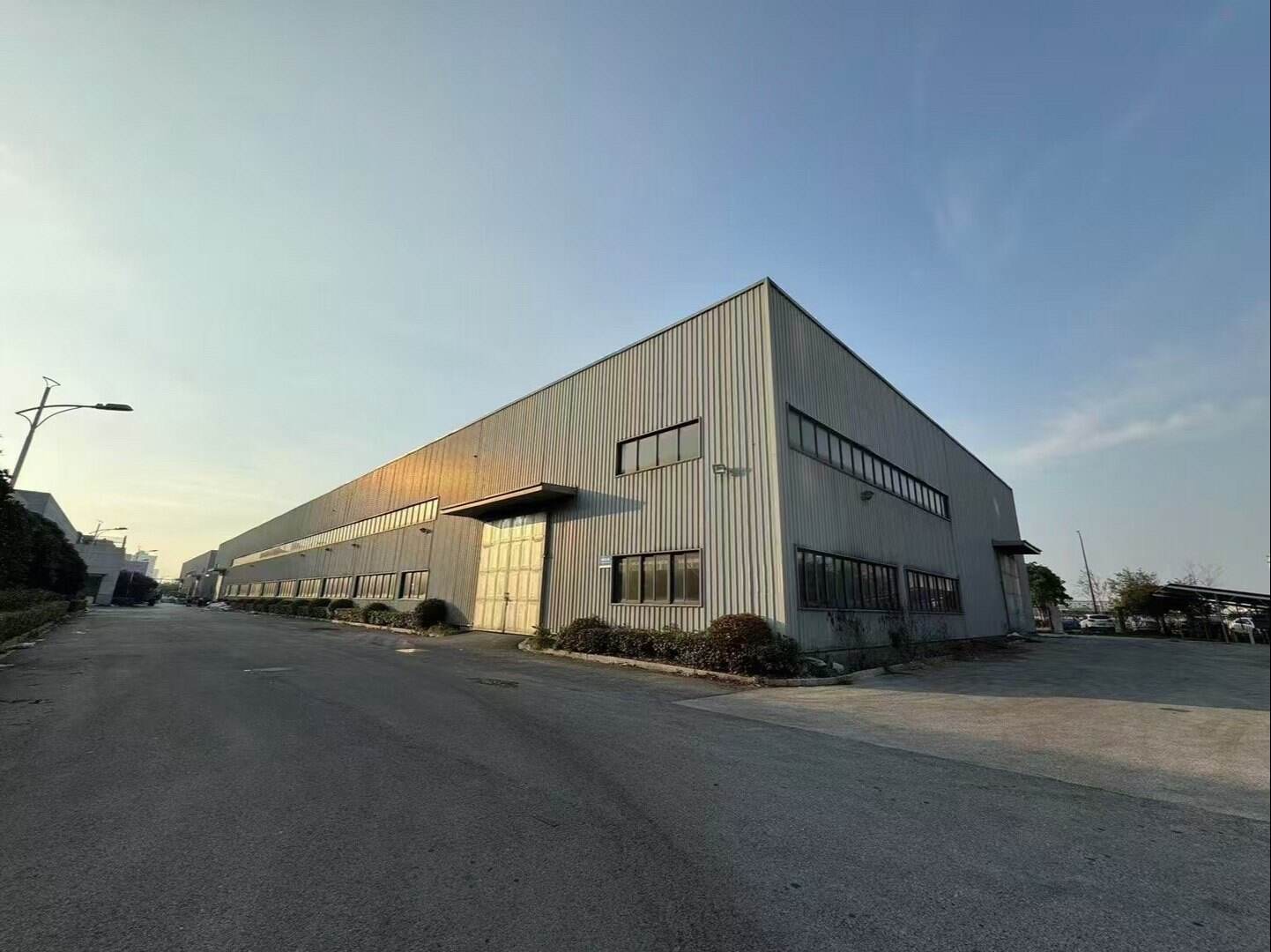Essential Design Features of a High-Performance Steel Factory
Steel is one of the most important materials in modern industry, forming the backbone of construction, automotive, energy, infrastructure, and countless other sectors. To meet rising global demand and ensure consistent quality, the steel factory of today must go beyond traditional production methods. It needs to combine cutting-edge technology, sustainable practices, and efficient workflows to achieve high performance. A high-performance steel factory is not just about producing more steel; it is about producing it efficiently, safely, sustainably, and at a standard that meets the demands of global markets.
This article explores the essential design features that make a steel factory efficient and future-ready. It discusses the importance of layout, machinery, automation, safety, sustainability, and integration of digital systems. Together, these factors determine whether a steel factory can remain competitive in an increasingly demanding and environmentally conscious world.
Strategic Layout and Space Optimization
The design of a high-performance steel factory begins with the layout. The physical arrangement of equipment, storage areas, and workflow zones directly affects productivity. A poor layout leads to inefficiencies, wasted energy, and bottlenecks in production.
An optimized layout ensures a logical flow of raw materials from intake to finished product dispatch. Key considerations include minimizing unnecessary transport of materials, ensuring easy access to critical machinery, and designing sufficient space for maintenance. Modern steel factories often adopt modular layouts that allow for expansions or upgrades without major disruptions.
Advanced Production Equipment
A steel factory must be equipped with state-of-the-art machinery to remain competitive. High-performance rolling mills, blast furnaces, electric arc furnaces, and continuous casting machines are central to efficient steelmaking. These machines must be selected based on the type of steel products manufactured—whether flat steel, long steel, specialty alloys, or structural components.
Energy efficiency is a key focus in modern equipment selection. For example, electric arc furnaces offer more sustainable steelmaking compared to traditional blast furnaces because they rely heavily on scrap steel recycling. Advanced rolling mills are designed to minimize energy waste and improve precision in product dimensions, ensuring quality control at every step.
Automation and Robotics
Automation is one of the defining features of a high-performance steel factory. Robotics and automated systems improve efficiency, reduce errors, and enhance worker safety. For instance, automated guided vehicles can transport raw materials and finished products within the factory, reducing manual labor and ensuring timely deliveries.
Robotics also play a role in high-temperature zones, where manual labor poses safety risks. Automated systems for loading, handling, and inspecting materials ensure consistent quality while protecting workers. Beyond physical tasks, automation extends to process control systems that monitor temperatures, pressures, and chemical compositions in real time.

Digital Integration and Smart Manufacturing
Industry 4.0 has brought digital transformation to the steel industry. A high-performance steel factory integrates advanced digital technologies to optimize processes and decision-making. Smart sensors, Internet of Things (IoT) devices, and artificial intelligence are used to collect and analyze data across the production line.
Digital twins—virtual replicas of physical assets—allow operators to simulate changes, predict failures, and optimize efficiency without disrupting operations. Predictive maintenance systems, supported by machine learning, identify equipment issues before they cause downtime. Data-driven insights also help managers make better decisions about energy use, workforce allocation, and supply chain management.
Energy Efficiency and Sustainability
Sustainability is no longer optional in steelmaking. As one of the largest contributors to global carbon emissions, the steel industry faces increasing pressure to adopt greener practices. A high-performance steel factory incorporates energy-efficient technologies, waste heat recovery systems, and renewable energy sources wherever possible.
Factories that integrate electric arc furnaces rely heavily on recycled steel scrap, reducing dependence on raw iron ore and cutting emissions. Waste gases from blast furnaces can be captured and reused for energy generation, lowering overall energy consumption. Additionally, factories must prioritize water recycling systems to minimize environmental impact.
Sustainable design also ensures compliance with tightening environmental regulations. By reducing emissions and resource use, a steel factory not only benefits the planet but also positions itself as a leader in corporate responsibility.
Quality Control Systems
Consistency in quality is one of the most important features of a high-performance steel factory. Automated quality control systems using lasers, sensors, and imaging technologies ensure that every steel product meets strict dimensional and chemical standards.
Non-destructive testing methods, such as ultrasonic and X-ray inspections, are integrated into production lines to detect internal defects without halting operations. This ensures that substandard steel does not leave the factory, protecting the reputation of the manufacturer and ensuring customer satisfaction.
Safety and Worker Well-being
The steel industry operates with extreme temperatures, heavy machinery, and hazardous materials. Worker safety is therefore a top priority in high-performance factory design. Modern steel factories are equipped with advanced ventilation systems, automated monitoring for toxic gases, and fire suppression systems.
Training programs and safety protocols are essential to ensure that workers operate machinery correctly and respond effectively in emergencies. Ergonomic design of workstations reduces physical strain, while protective equipment and automated systems keep workers out of high-risk areas.
Beyond physical safety, a high-performance steel factory also considers worker well-being. Facilities such as clean rest areas, proper lighting, and noise reduction systems improve morale and productivity.
Flexible Production Capabilities
Markets for steel are diverse, ranging from construction and automotive to aerospace and energy. A high-performance steel factory must be able to adapt production lines to meet changing market demands. Flexible rolling mills and modular machinery setups allow for quick transitions between different product types without extended downtime.
Flexibility also applies to raw material use. Factories that can process a mix of virgin raw materials and recycled scrap steel gain a competitive edge by adapting to supply fluctuations and market demands.
Supply Chain Integration
A steel factory does not operate in isolation; it is part of a broader supply chain. High-performance facilities integrate with logistics systems to ensure timely delivery of raw materials and finished products. Automated inventory management systems track stock levels and optimize procurement, reducing storage costs and avoiding shortages.
Integration with suppliers and customers through digital platforms enhances transparency and strengthens business relationships. Real-time tracking of shipments and predictive demand analysis also help align production with customer needs.
Cost Efficiency and Competitiveness
High-performance design also emphasizes cost efficiency. Energy-efficient equipment, automated systems, and optimized layouts all contribute to lower operating costs. At the same time, minimizing waste and downtime improves profitability.
Competitive advantage comes from balancing cost efficiency with quality and sustainability. Customers increasingly prefer steel manufacturers that demonstrate both environmental responsibility and reliable delivery. A well-designed steel factory achieves this balance, positioning itself as a leader in the global market.
Research and Development Facilities
Innovation is crucial in the steel industry. High-performance factories often include research and development (R&D) departments focused on improving processes, developing new steel grades, and adopting cutting-edge technologies.
For example, advanced high-strength steels for the automotive industry or corrosion-resistant steels for marine applications are products of continuous R&D. Incorporating such capabilities within the factory ensures long-term competitiveness.
Global Examples of High-Performance Steel Factories
Around the world, leading steel factories showcase these essential design features. In Europe, factories have adopted low-carbon steel production methods, integrating renewable energy and recycling systems. In Asia, advanced automation and robotics dominate large steel plants, while North American factories are focusing on digital integration and predictive maintenance.
These examples illustrate that high-performance steel factories are not theoretical concepts but real innovations shaping the future of the steel industry.
Conclusion
A high-performance steel factory is defined by its ability to combine efficiency, sustainability, and adaptability. From optimized layouts and advanced machinery to automation, safety systems, and digital integration, every design feature contributes to long-term success. In an industry under increasing pressure to reduce its environmental impact while meeting rising global demand, these factories set the benchmark for the future.
Steel factories that embrace sustainable practices, prioritize worker safety, and adopt advanced technologies will remain competitive and relevant. More than just production centers, they represent the foundation of modern infrastructure and industrial growth.
FAQ
What makes a steel factory high-performance?
A high-performance steel factory combines advanced machinery, automation, sustainability, and strict quality control to produce steel efficiently and reliably.
How do steel factories reduce environmental impact?
They adopt energy-efficient technologies, recycle scrap steel, capture waste heat and gases, and integrate renewable energy sources.
Why is automation important in steel factories?
Automation improves efficiency, reduces errors, enhances worker safety, and ensures consistent product quality.
What role does digital technology play in steel factories?
Digital tools such as IoT, AI, and predictive maintenance optimize production, reduce downtime, and improve decision-making.
Can steel factories adapt to changing market demands?
Yes, flexible production lines and modular machinery allow steel factories to produce different grades and types of steel based on market needs.
Table of Contents
- Essential Design Features of a High-Performance Steel Factory
- Strategic Layout and Space Optimization
- Advanced Production Equipment
- Automation and Robotics
- Digital Integration and Smart Manufacturing
- Energy Efficiency and Sustainability
- Quality Control Systems
- Safety and Worker Well-being
- Flexible Production Capabilities
- Supply Chain Integration
- Cost Efficiency and Competitiveness
- Research and Development Facilities
- Global Examples of High-Performance Steel Factories
- Conclusion
- FAQ






